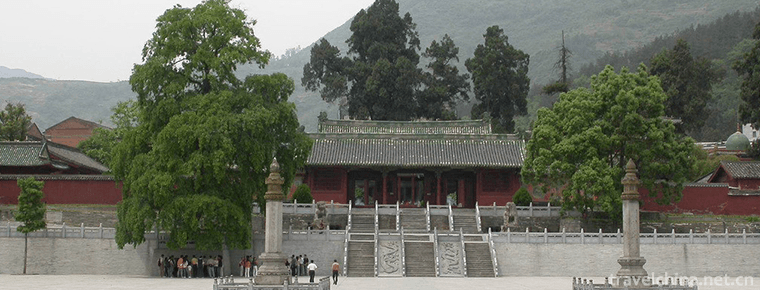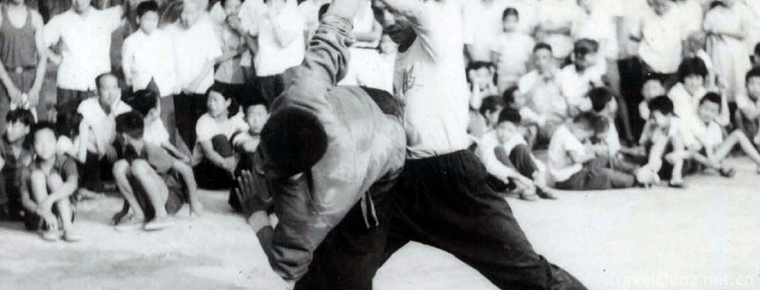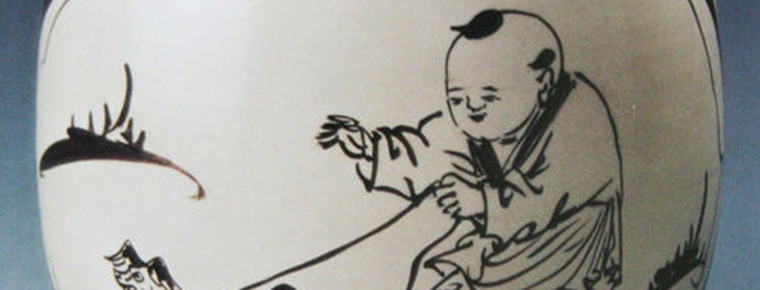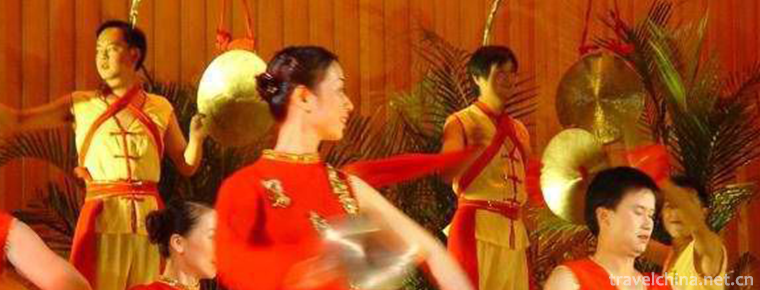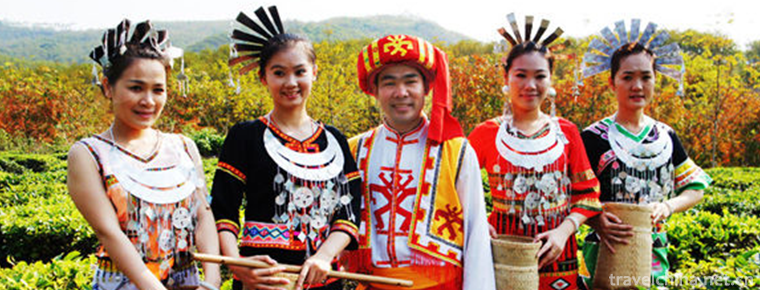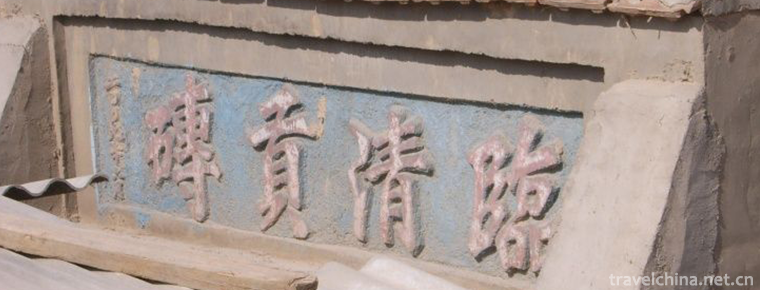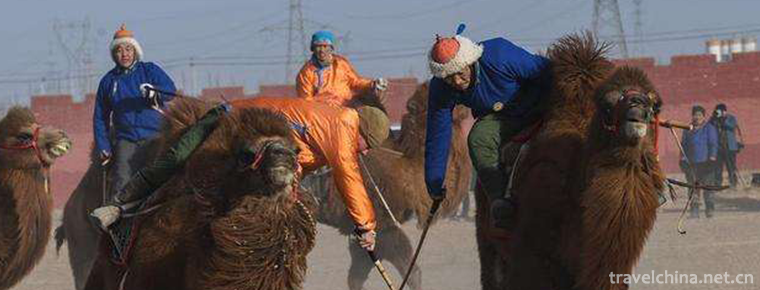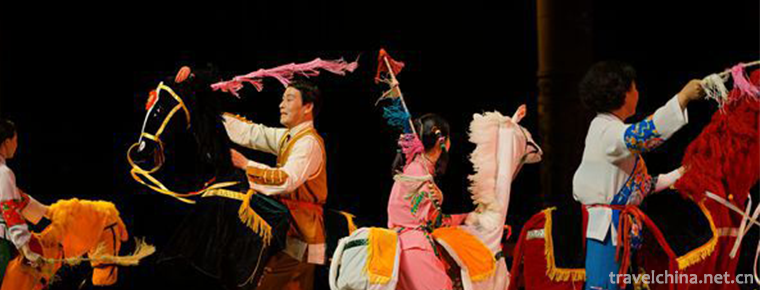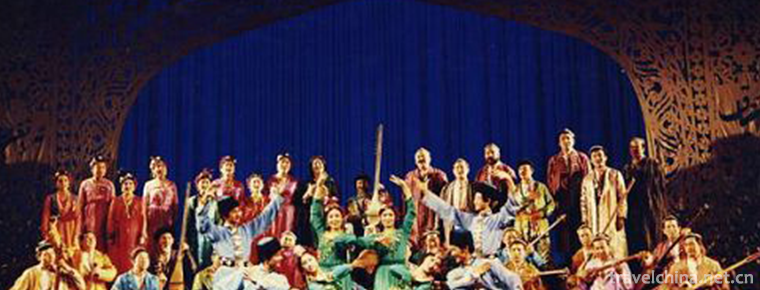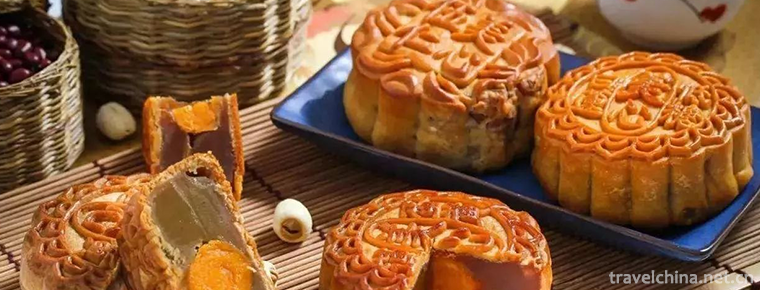Brewing Techniques of Qingxu Old Vinegar
Brewing Techniques of Qingxu Old Vinegar
Qingxu old vinegar brewing skills, Shanxi Province Qingxu County local traditional skills, one of the national intangible cultural heritage.
The brewing process of Qingxu aged vinegar is complex. After the main steps of ingredients, steaming, manual turning of solid acetic acid, high temperature fumigation, high density leaching, aging and so on, more than ten processes eventually produce Qingxu aged vinegar.
On May 20, 2006, the brewing technology of Qingxu old vinegar was approved by the State Council of the People's Republic of China and listed in the first batch of national intangible cultural heritage list, item number_-61.
historical origin
In ancient China, vinegar was called oxalic, anhydride, bitter wine or wine. As early as 700 years ago in the Spring and Autumn Period and the Warring States Period, the Qingxu people had been using VATS and urns to make vinegar by liquid fermentation, and this vinegar-making technology has continued. In the Western Han Dynasty, commercial vinegar-making workshops appeared in Qingxu. During the Northern Wei Dynasty, the technology of vinegar brewing changed from liquid fermentation to solid fermentation. This milestone pioneering work laid the foundation for the formation of the unique style of the old vinegar brewing technology in Qingxu.
In Qi Min Yao Shu, later Wei Jia Sixie elaborated the process of vinegar brewing in detail. Historian Hao Shuhou's textual research on Taiyuan shows that before 479 BC, "when Jinyang City (now Jinyuan Town, the southern suburb of Taiyuan City) was established, there should be vinegar makers." Foreigners call Shanxi people "Lao Xier", which is the homonym of the ancient word "Jiu". Taking the ancient vinegar character as the pronoun of Shanxi people can also reflect the early and large number of vinegar brewing in Shanxi in history.
In the late Ming and early Qing Dynasties, vinegar-making workshops were everywhere in villages and towns in Qingxu County, south of Taiyuan Prefecture. In the long historical competition of vinegar industry, there is a workshop called Yiyuan Qing, which has gradually gained fame. "Yiyuan Qing" vinegar brewing, which pays great attention to quality, excellent material selection, appropriate formula, complex production process, is well received by the masses, and has been operating until the eve of liberation. Its brewing method is used by Qingxu Vinegar Factory. Qingxu and Taiyuan are the birthplaces of Shanxi old vinegar. Qingxu brewing technology is gradually being promoted to all parts of the country.
Technological characteristics
Qingxu old vinegar produced by the brewing techniques of Qingxu old vinegar is black-brown, bright and attractive. In addition to its three advantages of acid and alcohol, strong taste and long taste, it also has the characteristics of fragrance, cotton, non-precipitation and "hanging bowl".
When the cap of the old vinegar bottle is unscrewed, the fragrant and sour smell will come to your nose, drop it into the bowl and beat a circle, then stick it evenly to the edge of the bowl. Although the acidity of Qingxu old vinegar is five degrees, it tastes not difficult to endure. Instead, it is "sweet and fragrant and sour", which is slow, long and delicious. It is sour and sweet, spongy and fragrant.
General vinegar stored for a long time, will become turbid, raw white skin, and even decay. But the longer the vinegar is stored, the more fragrant it will be. Even if it turns into a solid vinegar like heavy amber after several decades, it will still be fresh and sour when it is washed away with boiling water.
Unlike the long-term consumption of fruit vinegar in the West, vinegar fermented from cereals is the first choice in China, which makes Chinese vinegar contain more essential nutrients such as amino acids. The aged vinegar of Qingxu has the unique functions of breaking off fishy smell, removing humus, removing humus and sterilizing. It is a refined condiment for cooking various delicious dishes.
Technological process
Qingxu old vinegar is made from local high-quality sorghum and red heart Daqu made from peas and barley in Qingxu County. It is brewed with various fur chaff as auxiliary materials. Its production needs more than ten main steps, such as ingredients, steaming materials, manual turning of solid acetic acid, high temperature fumigation, high density leaching, aging and so on.
The reason why Qingxu old vinegar is different from other vinegar is that it has a aging process. The drinked vinegar should also be put in the jar for one year. The aging process makes full use of natural conditions. After opening the jar, ice cubes need to be removed after sunshine in the summer and freezing in the winter to remove the moisture in the vinegar. A jar of new vinegar, after removing more than half of the moisture, will achieve the color of black and purple, summer is not mildew, winter is not frozen, sweet and ISOACID taste.
The technological process of Qingxu old vinegar brewing will have the following major steps: material selection, moistening, mixing, alcohol fermentation, secondary mixing, acetic acid fermentation, fumigation vinegar, vinegar drenching, vinegar aging, packaging and finished products. Detailed process flow can be seen in the flow chart on the right.
Inheritance and Protection
Inheritance value
Qingxu old vinegar is not only a condiment, according to scientific research, vinegar can sterilize, help digestion, prevent colds and cancer. Shanxi Qingxu old vinegar can keep fit, cure diseases and beautify. The acetic acid contained in it has bacteriostatic and bactericidal effects, especially on cocci. Stir-fried vegetables with aged vinegar can treat lumbar and leg pain, apply foot heart can treat hypertension, scaling at the bottom of aged vinegar can treat bone hyperplasia and other diseases.
Among the old vinegar in Shanxi, Qingxu old vinegar is the most authentic. Its exquisite production skills and exquisite material selection are worth learning from other vinegar products.
Current situation of inheritance
Driven by economic interests, some workshops cut corners, dismembered the traditional craft of Qingxu old vinegar, and produced inferior products, which distorted the skills and reputation of Shanxi Qingxu old vinegar, and should be thoroughly managed and strictly guarded against.
Heritage figures
Wu Runwei, male, born in March 1955. In December 2012, Wu Runwei was selected as the representative successor of the fourth batch of national intangible cultural heritage projects, declared by Qingxu County, Shanxi Province. Project Name: Brewing Techniques of Qingxu Old Vinegar.
protective measures
In 2004, the General Administration of Quality Supervision, Inspection and Quarantine of China approved the application for product protection in the origin area of Shanxi aged vinegar, and approved more than ten old vinegar products, including Qingxu County, to be protected in the origin area.
In 2016, Qingxu County was responsible for promoting the construction of vinegar industrial park with an area of 1000 mu. Through the construction of vinegar Industrial Park to promote new technological innovation and research and development, to provide technical support for the sustainable development of vinegar industry.
In 2018, Taiyuan Qingxu Baoyuan Old Vinegar Workshop was awarded "Shanxi Qingxu Old Vinegar Brewing Museum" by Shanxi Provincial Culture Department and "National AAAA Tourist Scenic Area" by the National Tourism Administration. The Museum aims to excavate the profound historical and cultural connotation of Qingxu old vinegar, promote Shanxi vinegar culture, and let the world know the historical origin and traditional production process of Qingxu old vinegar.
social influence
Important activities
In 2007, the Chinese Qingxu Vinegar Culture Festival opened in Qingxu County. The holding of the Cultural Festival will further enhance the image of Qingxu Vinegar Capital and build a platform for the dissemination of the brewing skills of Qingxu vinegar.
In 2009, the vinegar brewing techniques of Qingxu old vinegar were displayed on the spot in the series of activities of "China's intangible cultural heritage traditional skills exhibition" to deepen people's understanding of it, so as to further excavate and protect it.
In 2012, the Chinese Taiyuan (Qingxu) International Vinegar Culture Festival was held in Qingxu County. The significance of the festival is to bring the old vinegar and its technology from Shanxi and abroad, so that the fragrance of the old vinegar can spread all over the world.
In 2016, the Qingxu Vinegar Culture Festival opened in China (Taiyuan) Coal Trade Center, and successfully held the Vinegar Culture Festival for many years, which formed the advantages of the development of vinegar industry cluster. Next, efforts must be made in new brewing technology, formulating industry standards, improving diet and seasoning.
Honorary recognition
In 1924, at Panama International Expo, Qingxu Old Vinegar won the first prize of high quality commodities.
In 1956 and 1965, Qingxu old vinegar was ranked first in the Chinese condiment appraisal meeting.
In 1979, Qingxu old vinegar was named high quality product by the Ministry of Light Industry of China and Shanxi Provincial People's Government.
In 2011, the Qingxu Vinegar Culture Festival was honored as China's top ten "brand festivals".
In 2014, "Qingxu vinegar brewing" was recognized as a provincial labor service brand in Shanxi Province.
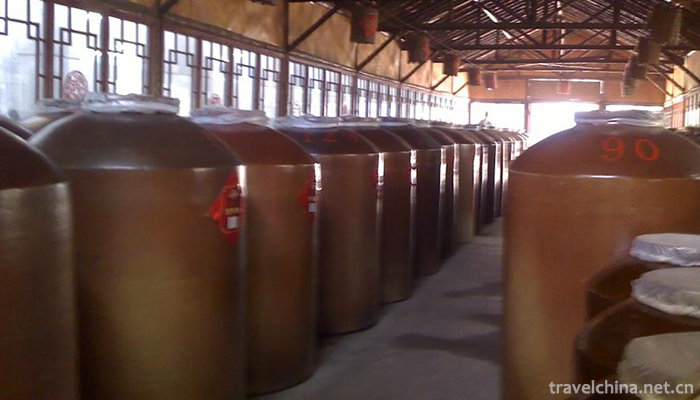
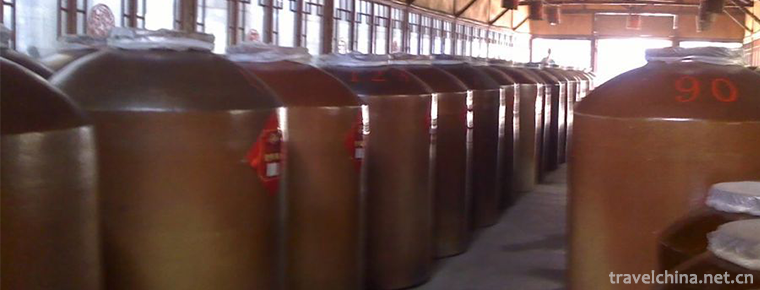
Brewing Techniques of Qingxu Old Vinegar
-
Bao en Temple Pingwu
Pingwu Baoen Temple is located in Pingwu County, Sichuan Province. It is 184 kilometers away from Mianyang City and 300 kilometers away from Chengdu. Located in the northeast corner of the county town
Views: 193 Time 2019-02-07 -
Eight polar boxing
Bajiquan is a kind of boxing in Chinese Wushu. The word "eight poles" of this boxing method originated from the concept of Palaeogeography and originated from the Han Dynasty
Views: 240 Time 2019-04-02 -
Sintering Techniques of Cizhou Kiln
Cizhou kiln firing technology, the local traditional firing technology of Fengfeng mining area in Hebei Province, is one of the national intangible cultural heritage.
Views: 126 Time 2019-04-22 -
Hill hinge
Originated in Xixing and Longgang of Pingchang County, northeastern Sichuan Province, it is a traditional folk dance that spreads in Dazhou, Bazhong and some counties (cities and districts) under the
Views: 333 Time 2019-04-29 -
Kazakh Aytes
Kazakh Aytes is a typical representative of Kazakh folk art, a competitive form of performance, is the most abundant content of Kazakh folk oral literature, the most influential literary type among th
Views: 243 Time 2019-05-02 -
Li nationality costumes
Li costumes are mainly made of island cotton, hemp, kapok, bark fiber and silk. In ancient times, some places also used the bark of twig or bloody throat trees as clothing materials. This kind of dres
Views: 145 Time 2019-05-12 -
Burning Techniques of Linqing Gong Bricks
Linqing fired tribute brick is an ancient handicraft. Beginning in the early Ming Dynasty, Yongle's firing technology is the unique experience accumulated by the working people in Linqing of Shandong
Views: 117 Time 2019-05-13 -
Mongolian camel ball
The intangible cultural heritage is the manifestation and cultural space of various traditional cultures which are inherited from generation to generation and closely related to people's life.
Views: 182 Time 2019-06-04 -
Mulian Opera
Mulian Opera is an ancient opera with religious story "Mulian Save Mother" as its theme, which is preserved in folk activities. It is the first opera that can be tested at present. It is kno
Views: 138 Time 2019-06-06 -
Uygur Daolang Maxi Refu
Maigaiti County is located in the southwest of Xinjiang Uygur Autonomous Region. It is a typical Uygur inhabited area. About 89% of the population is Daolang Uygur who can sing and dance well. Among t
Views: 160 Time 2019-06-26 -
Traditional craftsmanship of moon cakes
Guo Dulin Jin-style moon cakes are Shanxi specialty. They are simple in shape, mellow in taste, crisp and refreshing, sweet but not greasy. They are famous for their crispness, delicacy, sweetness, me
Views: 211 Time 2019-07-16 -
Beijing University of Posts and Telecommunications
More than sixty years of wind and rain, more than sixty years of spring and autumn fruits. In the north of Mingguang and the south of Jimen, the ancient city walls witness the ever-lasting radio waves
Views: 131 Time 2019-09-22
